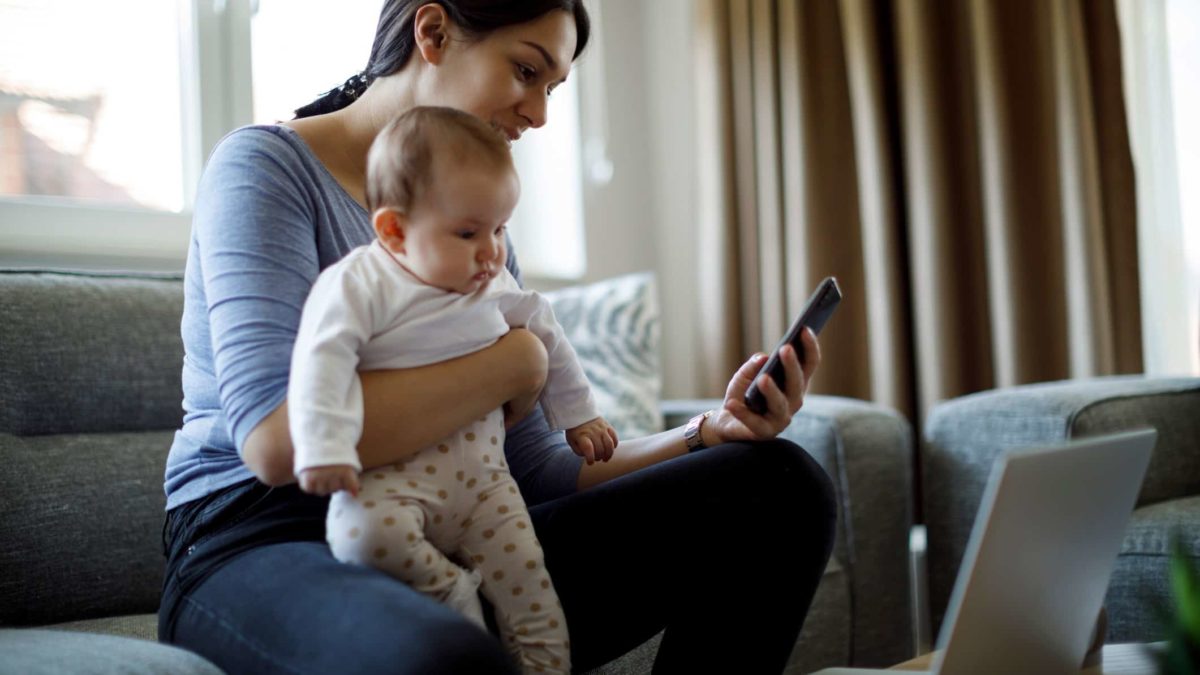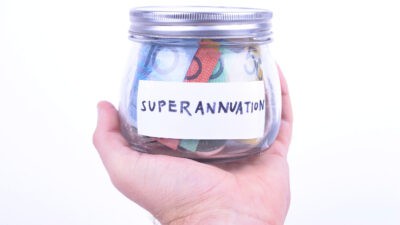There were two changes to superannuation in the recent Federal Budget that are worth noting, says Kym O'Brien, a partner at financial advisory firm Findex.
Ms O'Brien commented:
The changes announced generally relate to making superannuation savings more equitable and boosting retirement savings.
Firstly, eligible parents will soon receive a 12% contribution of their government-funded paid parental leave towards their superannuation.
Secondly, starting July 2026, employers will be obligated to pay superannuation alongside salaries and wages, intending to enhance retirement savings and address issues like unpaid superannuation.
Let's take a closer look at the details.
Superannuation for workers on paid parental leave
Eligible workers will receive Superannuation Guarantee contributions while on government-funded paid parental leave to look after their babies.
Parents of babies born or adopted on or after 1 July 2025 will receive the super payments.
From 1 July this year, the Superannuation Guarantee paid by employers to eligible workers will increase from 11% to 11.5%.
On 1 July 2025, it will increase again to 12%. This is what parents on paid government-funded leave will receive.
Ms O'Brien said this was designed to reduce the impact of career breaks to care for children on retirement savings.
She said:
The ATO will make payments directly to superannuation accounts on an annual basis from 1 July 2026. Contributions will count towards the concessional contributions cap and be taxed within the superannuation fund at the super tax rate of 15%.
This increase in superannuation contributions for eligible parents can bolster their retirement savings while still caring for their young children, potentially reducing financial strain during their retirement years.
Workers to receive super payments with salary and wages
Ms O'Brien said 4 million Australians currently receive their Superannuation Guarantee payments from their employers on a quarterly basis, rather than at the same time as their salary or wages.
Ms O'Brien said the recent Federal Budget includes a plan to change this from 1 July 2026.
She explained:
In an effort to boost retirement savings and improve workplace productivity, from 1 July 2026, employers will be required to pay their employees' superannuation at the same time as their salary and wages.
This is designed to address an estimated $5 billion a year in unpaid superannuation by making it easier for workers to keep track of payments, reduce the risk of businesses building up large superannuation balances and for the Australian Taxation Office to monitor compliance.
A couple more things to note…
From 1 July this year, the superannuation concessional contributions cap will increase from $27,500 to $30,000 per annum.
The concessional contributions cap is the maximum amount of money you can have paid into your superannuation each year.
It combines your employer's compulsory Superannuation Guarantee payments, any salary sacrifice amounts you have organised with your employer, and any extra personal contributions that you make.
Concessional contributions are taxed at 15% instead of your marginal tax rate.
So, if you deposit $5,000 of after-tax dollars into your superannuation as a personal contribution, you can claim a $5,000 tax deduction on your tax return for that financial year.
With the end of FY24 approaching, Vanguard Australia provides five easy ways to get more money into your super by 30 June.
By the way, here is how much superannuation you need to retire comfortably in 2024.








